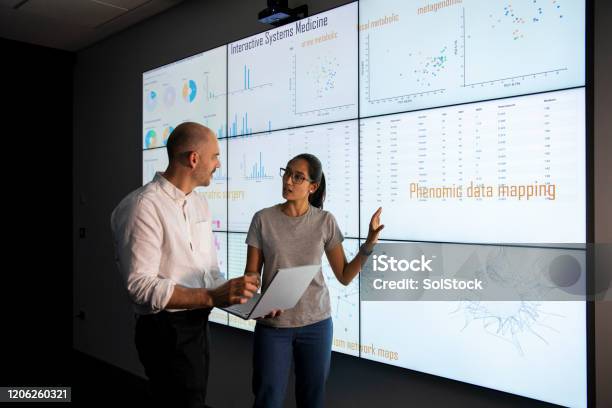Integrating data mining and forecasting
It is interesting to note that data mining is carried out solely to build business prediction models. Data scientists and experts have asserted that integrating data mining and forecasting can help in fetching more meaningful and accurate insights that directly boost profitability.
With data mining for prediction, the value that businesses derive from it is much more beneficial to them to fine-tune company strategies and increase profits. Optimizing inventory costs, production costs and other expenditure plus garnering customers’ faith are additional benefits that cannot be overlooked.
Now the question is, how are data mining and the process of forecasting integrated?
As per experts, the three main prerequisites for successfully incorporating data mining with forecasting are –
- Understanding the effectiveness of predictions across various time frames
- Being able to distinguish between planning and prediction
- Keeping stakeholders fully updated about implementing predictions
In order to integrate data mining for building efficient prediction models, various methods need to be combined. This is to improve the accuracy of data analysis of historical data and come up with accurate forecasts. For this purpose, it is mandatory to determine specific algorithms, the domains where data mining must be applied, as well as the Data Science team which will develop all of these.
Once the initial mandates are taken care of, the three most effective approaches adopted for data mining for forecasting are –
- The similarity analysis method
- The co-integration method
- The cross-correlation method
These Data Analytics methods involve various complex statistical derivations which are based on time-series transactional details pertaining to users.








